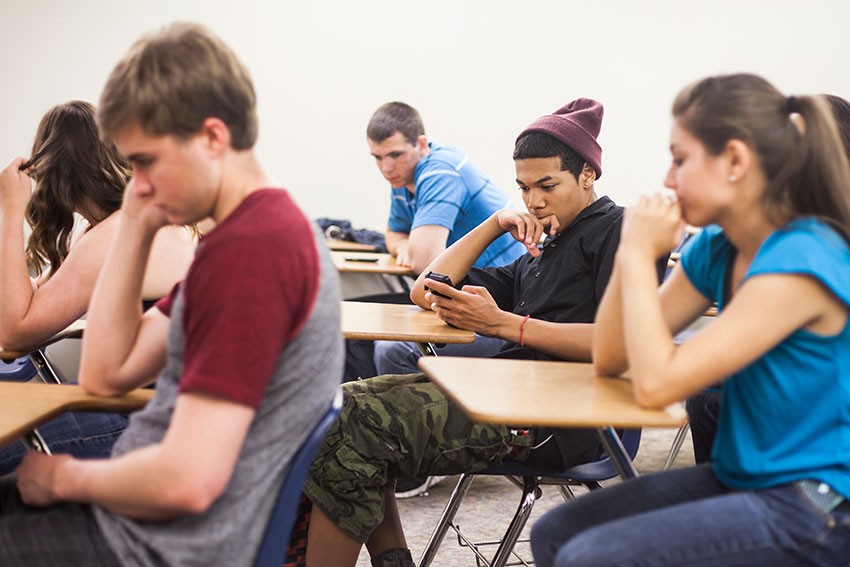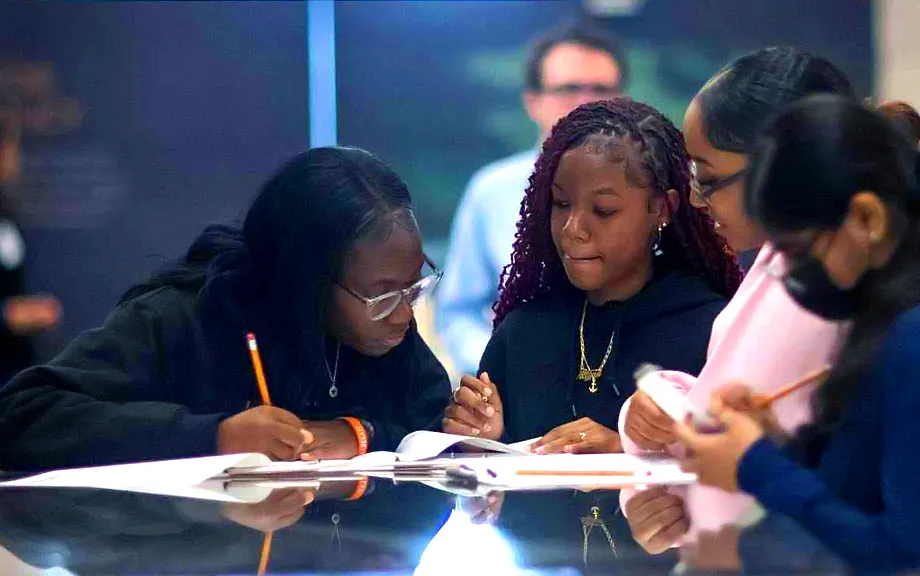In our current digital era, phones have become a necessity in our daily lives. These devices are so adaptable that they can be used for anything from communication to entertainment, and they are now being used in classrooms. Whether these ubiquitous devices create distractions in the classroom is an issue that comes up frequently. The article will examine how phones impact classroom disruptions and the wider educational consequences of this issue.
Firstly, there is no doubt that one of the biggest causes of interruption in the classroom is smartphones. It is obvious that learners can easily become distracted during lectures with social networking, gaming, and a plethora of apps at their fingertips. This diversion may impede the flow of education and the assimilation of crucial knowledge. The sight of pupils absorbed in their screens regularly interrupts instructors, diverting their attention and detracting from the general dynamic of the classroom.
But it’s important to recognize that, based on student conduct and classroom regulations, phones might have varying degrees of distracting potential. Some students are able to control how they use their phones, only using them when they have to for academic purposes. Some learners might argue that having instant access to materials, study results, and note-taking software on their phones can improve their educational experience. By integrating interactive applications and online content into their lesson plans, educators can further leverage technology.
In addition, it might not be feasible to simply ban cellphones from classes. A lot of students utilize their phones for interactions, organization, and information access. Banning them might have unintended adverse impacts, like raising anxiety or disinterest.
Schools should think about putting in place explicit rules and regulations on cellphone usage in classes in order to lessen the distraction that comes with smartphones. These rules can create a balance between letting students engage with their cell phones when it’s appropriate and implementing restrictions to keep the classroom focused. Teachers can also include mobile devices in hands-on lessons in order to motivate students to use their electronic devices in a positive and educational way.
As a result, cellphones are not intrinsically harmful to learning, even though they can pose a danger of distraction in the classroom. Given student conduct and institutional regulations, phones might have different effects on interruptions. A more moderate method that blends responsible cellphone usage with useful classroom administration strategies may assist in-sustaining an advantageous educational setting rather than a complete ban. By doing this, we can leverage the capabilities of technology without undermining the standard of learning.







